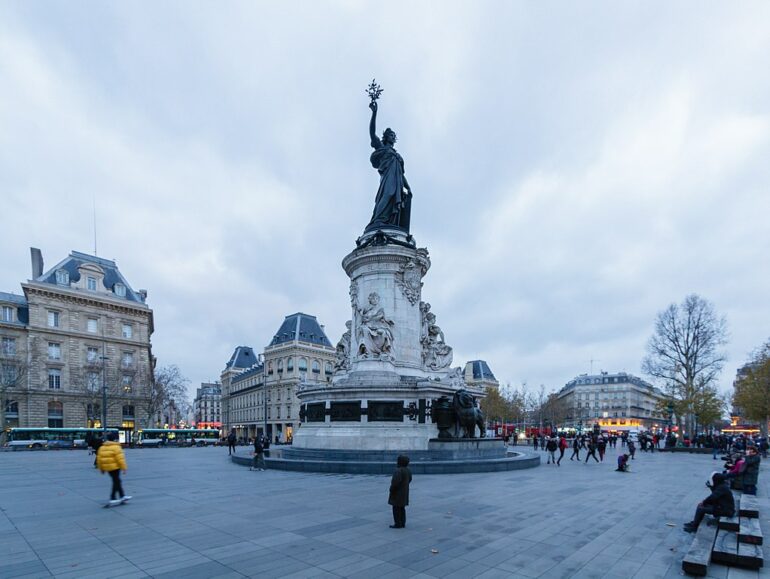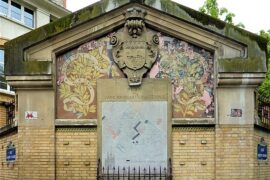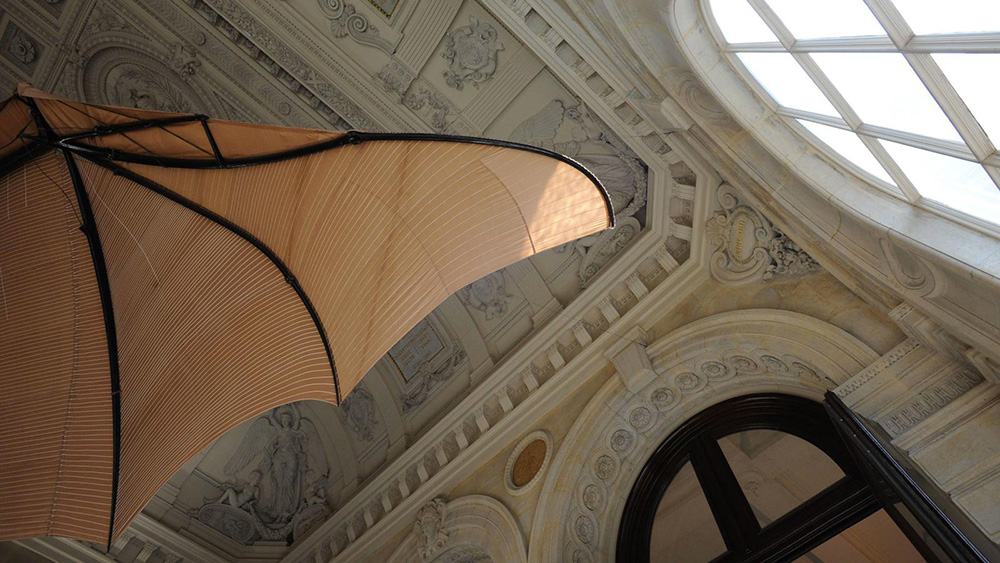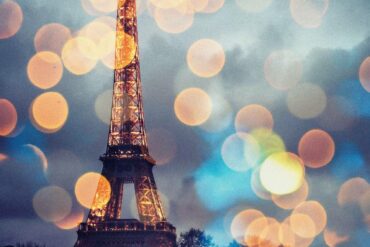This vast rectangular area dates back to the era of transformations that were carried out by Baron Haussman during the Second Empire. Its original location was right in between the Boulevards Magenta, Voltaire and de la République. The Place du Château-d’Eau can also be found here, and this was named after the fountain that was also in place until it was replaced in 1800 – this was decorated with lions. The Haussmann projects also included the construction of a huge barracks to the north of the area, and it resembled the troops of Paris. It led to the destruction of the theatres that had been the soul of the quarter, such as the Diorama de Louis Daguerre. In 1879, the government launched a competition to find a design for an erected statue that would be dedicated to the republic – it was hoped that it would define the era. The Morice brothers won the contest, and 9m bronze section was set upon a stone base that measured 15m. The finished creation was made up of three statues that represent freedom, equality and brotherhood, and the square took its name from the centenary of the revolution. Subsequently, it has now become the meeting point for demonstrations and protests in Paris. Aside from these days, it has also been a central point for tramways and cars. Building work in 2012 returned the area to pedestrians, and this was a return to its roots – the square had been pedestrianised during the era of Louis XV.
Image source : Pierre-Selim Huard, CC BY 4.0, via Wikimedia Commons




